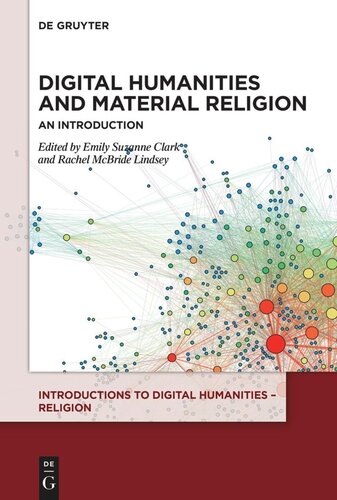

Most ebook files are in PDF format, so you can easily read them using various software such as Foxit Reader or directly on the Google Chrome browser.
Some ebook files are released by publishers in other formats such as .awz, .mobi, .epub, .fb2, etc. You may need to install specific software to read these formats on mobile/PC, such as Calibre.
Please read the tutorial at this link: https://ebookbell.com/faq
We offer FREE conversion to the popular formats you request; however, this may take some time. Therefore, right after payment, please email us, and we will try to provide the service as quickly as possible.
For some exceptional file formats or broken links (if any), please refrain from opening any disputes. Instead, email us first, and we will try to assist within a maximum of 6 hours.
EbookBell Team

4.7
16 reviewsBuilding from a range of essays representing multiple fields of expertise and traversing multiple religious traditions, this important text provides analytic rigor to a question now pressing the academic study of religion: what is the relationship between the material and the digital?
Its chapters address a range of processes of mediation between the digital and the material from a variety of perspectives and sub-disciplines within the field of religion in order to theorize the implications of these two turns in scholarship, offer case studies in methodology, and reflect on various tools and processes. Authors attend to religious practices and the internet, digital archives of religion, decolonization, embodiment, digitization of religious artefacts and objects, and the ways in which varied relationships between the digital and the material shape religious life.
Collectively, the volume demonstrates opportunities and challenges at the intersection of digital humanities and material religion. Rather than defining the bounds of a new field of inquiry, the essays make a compelling case, collectively and on their own, for the interpretive scrutiny required of the humanities in the digital age.